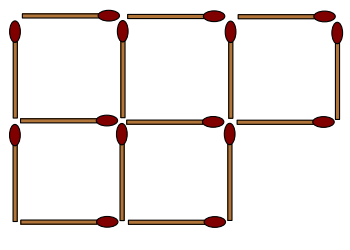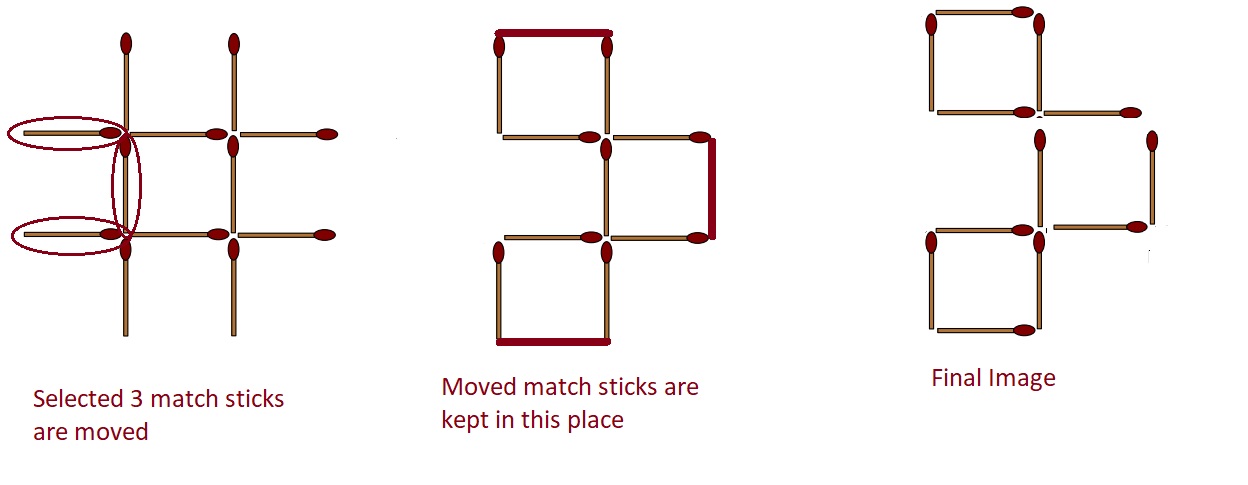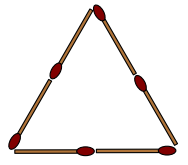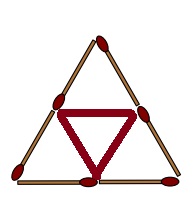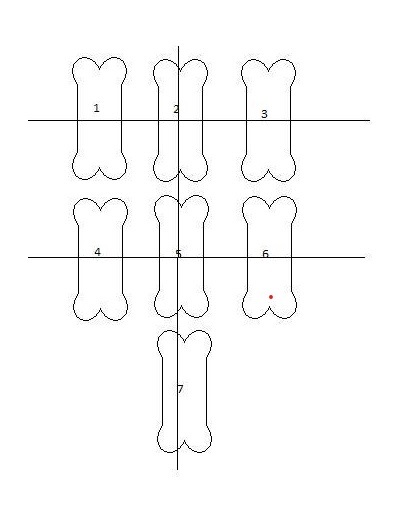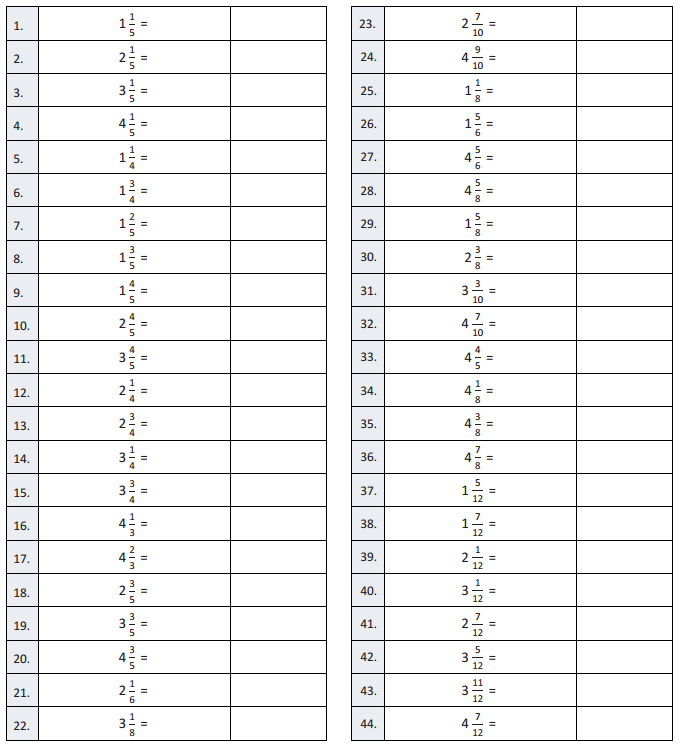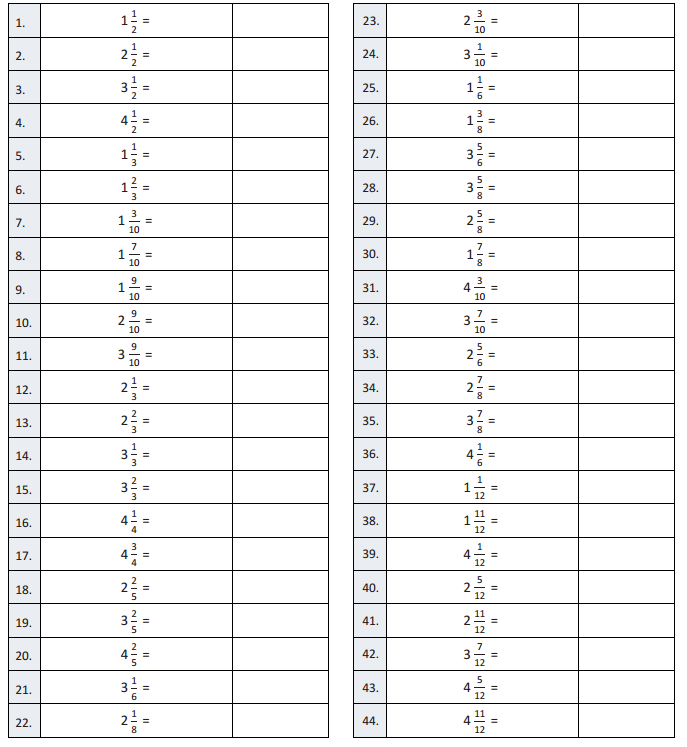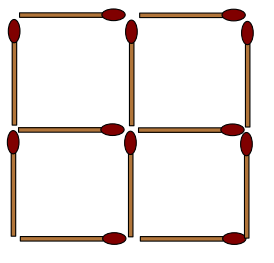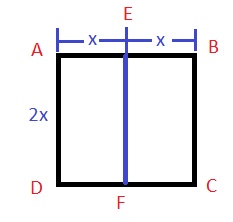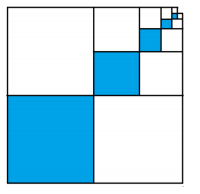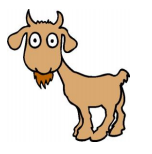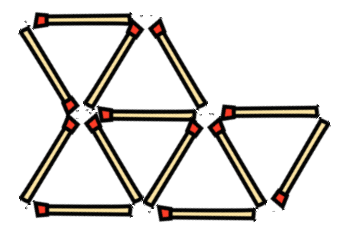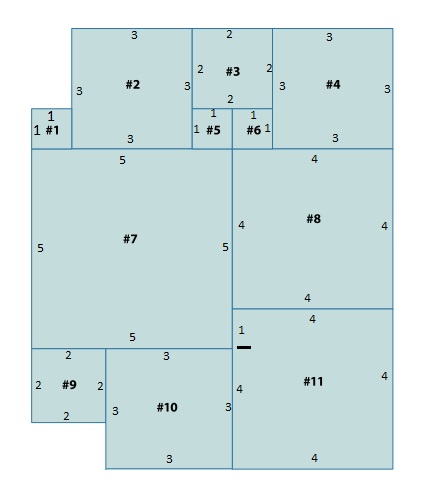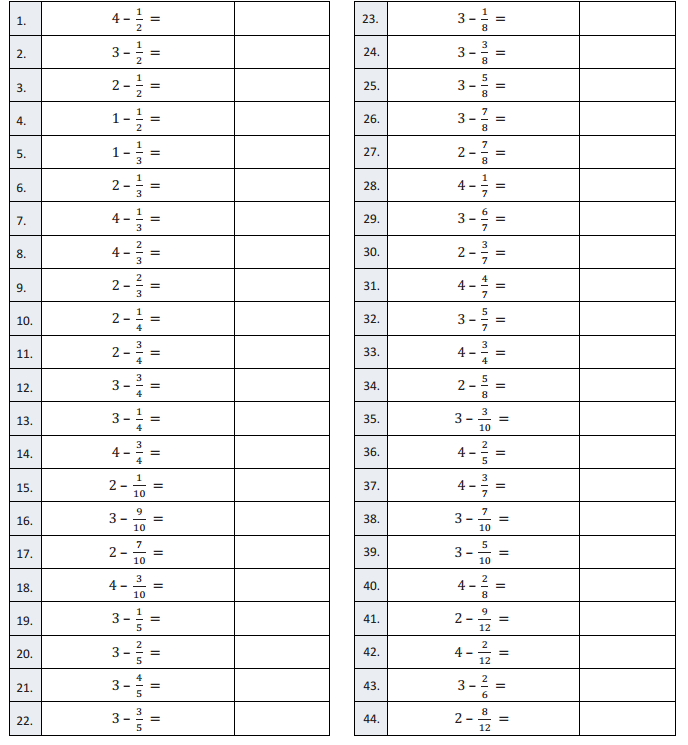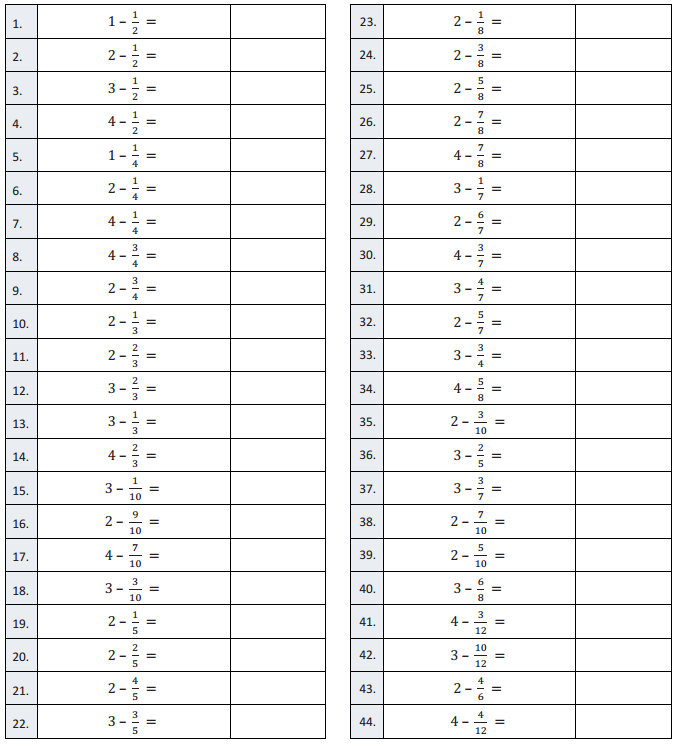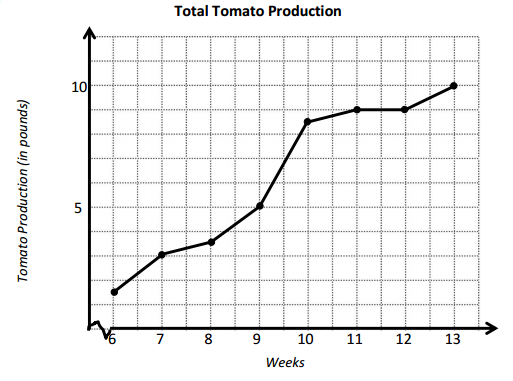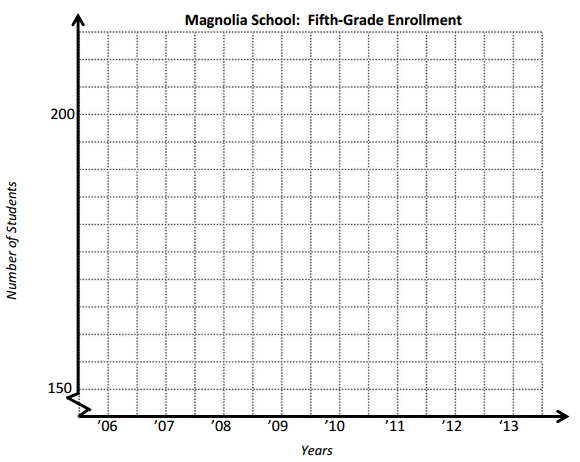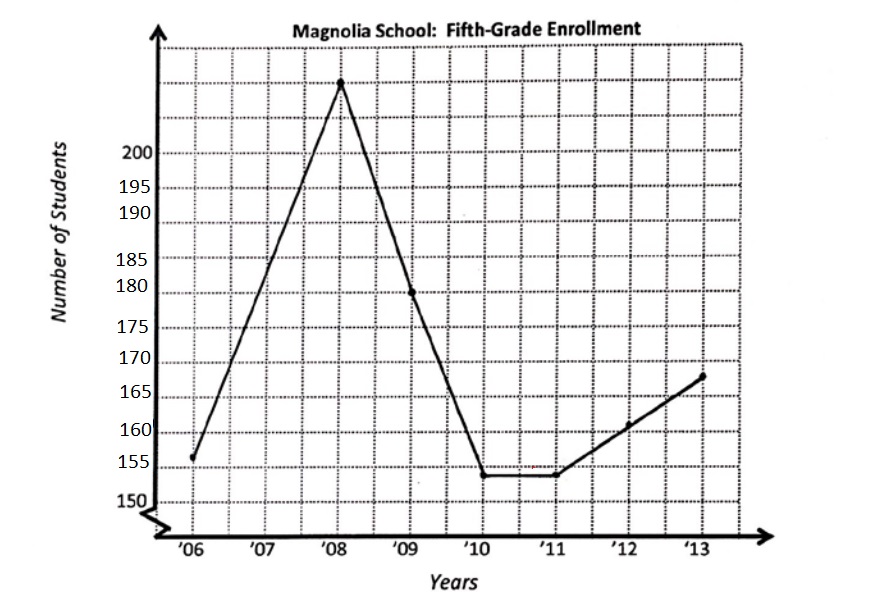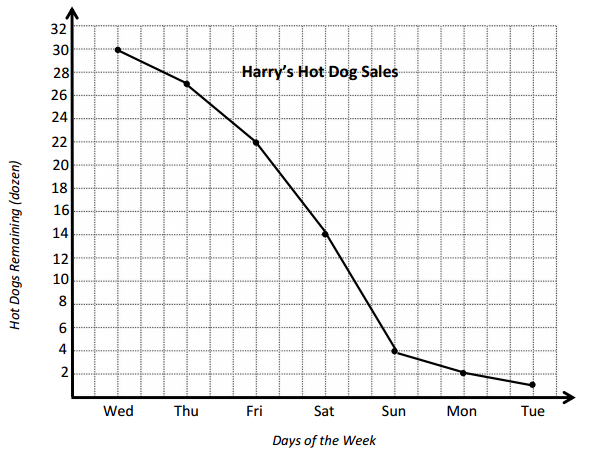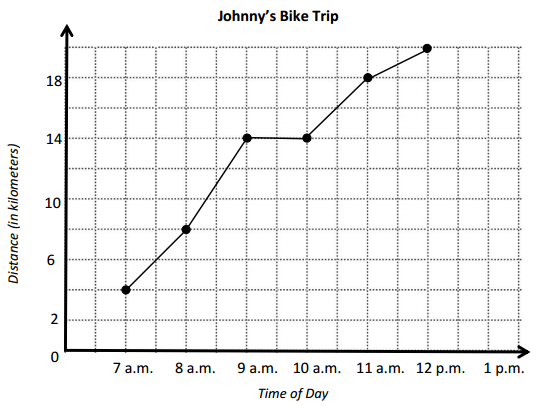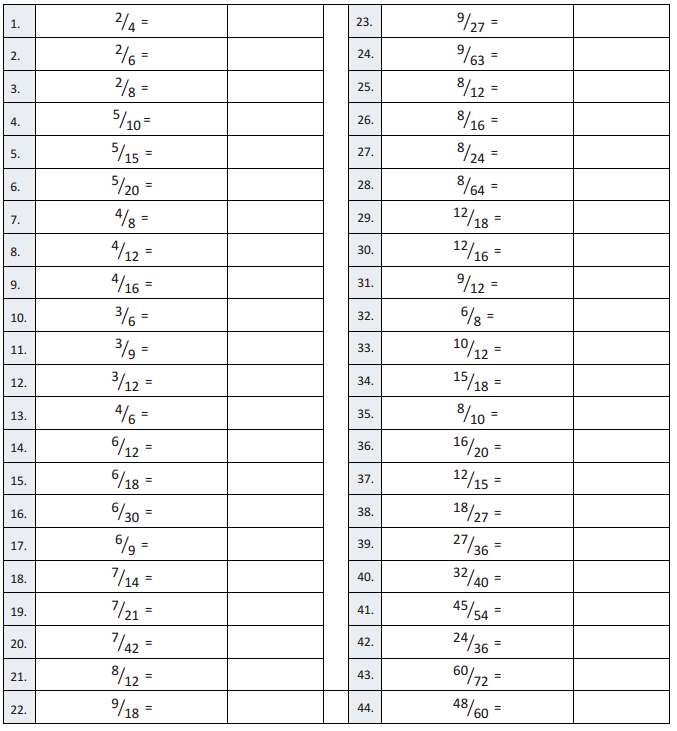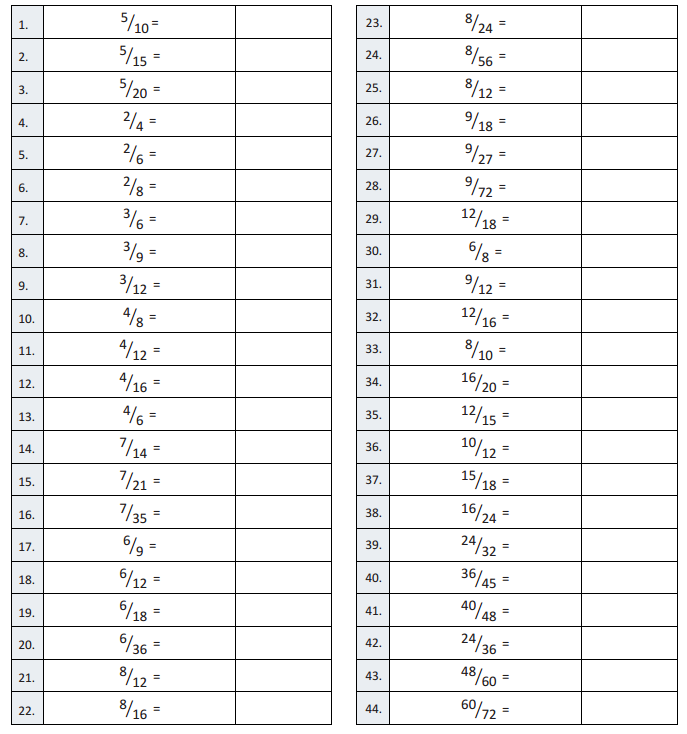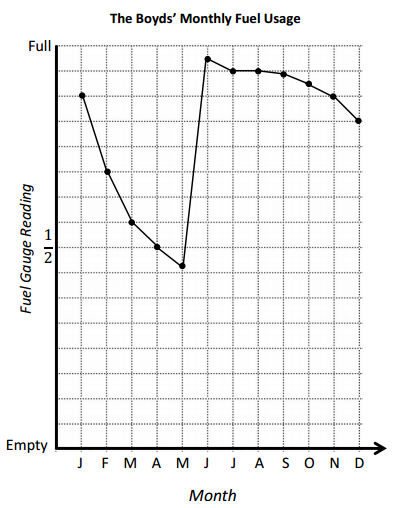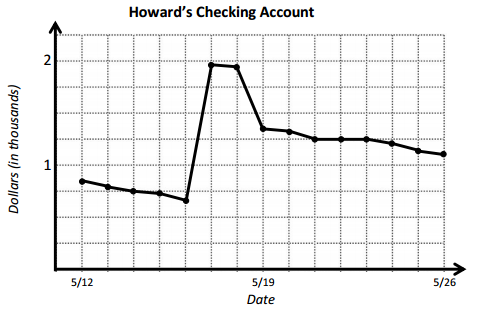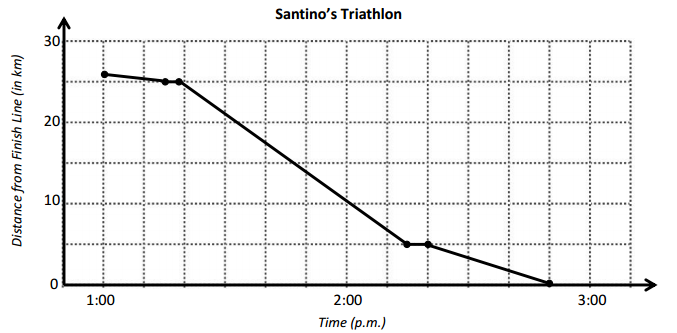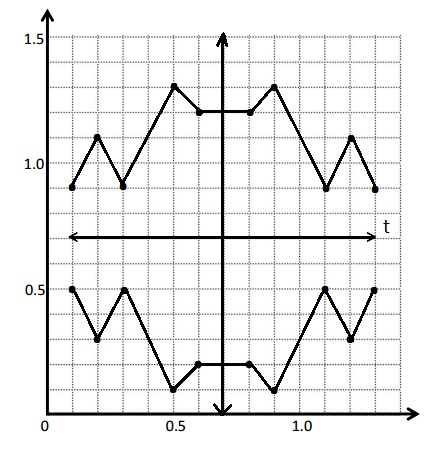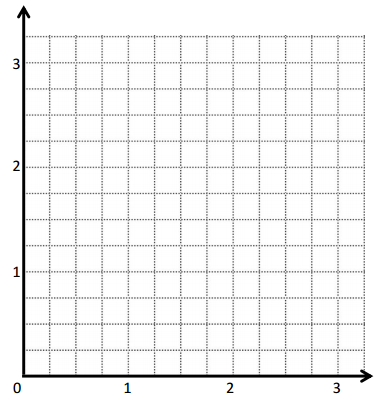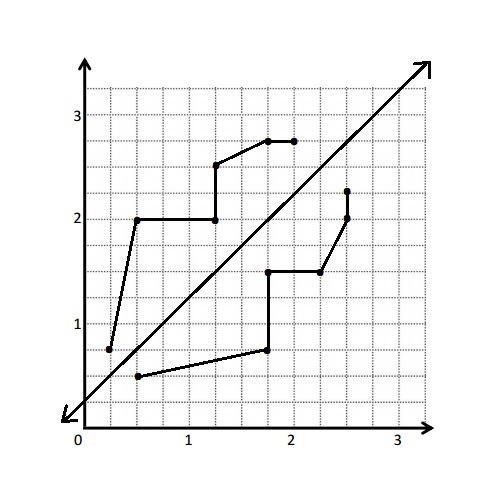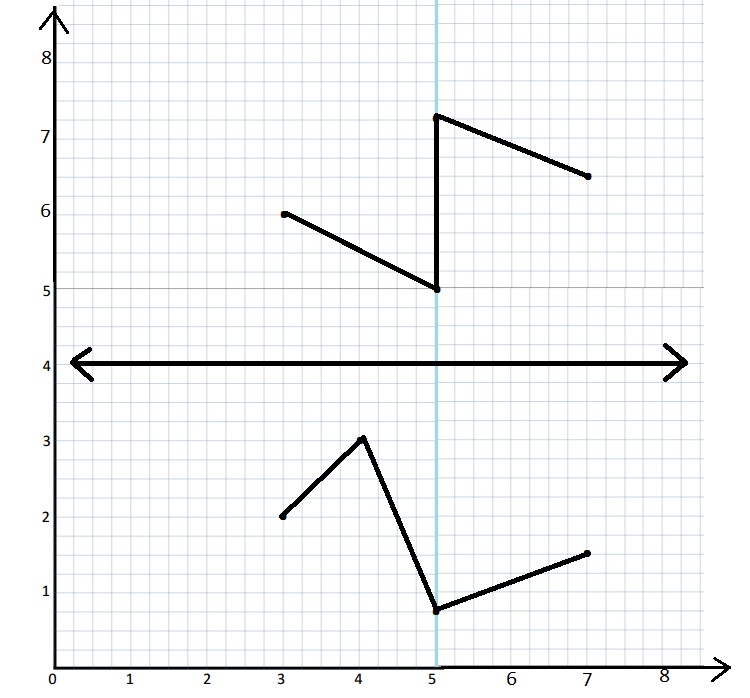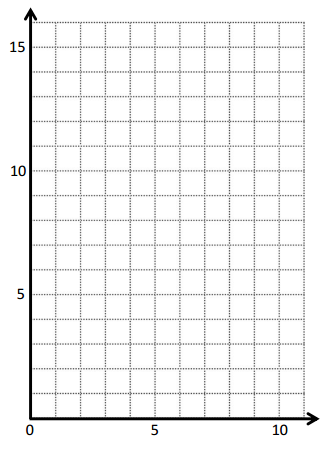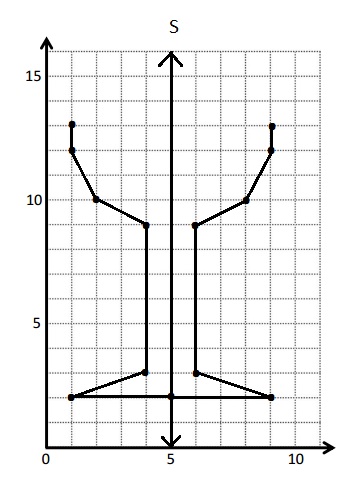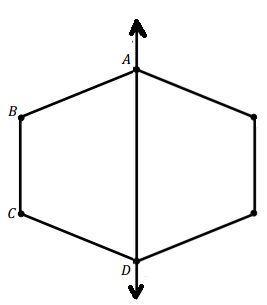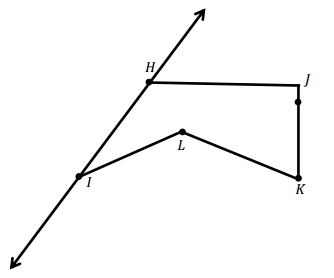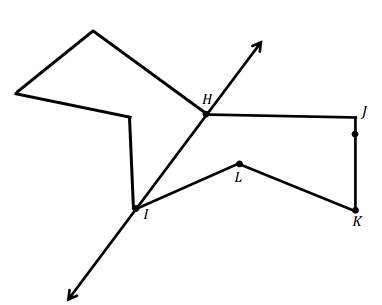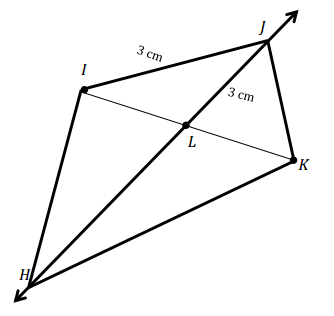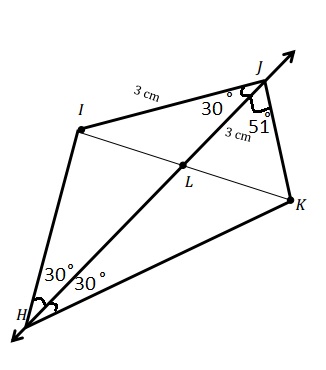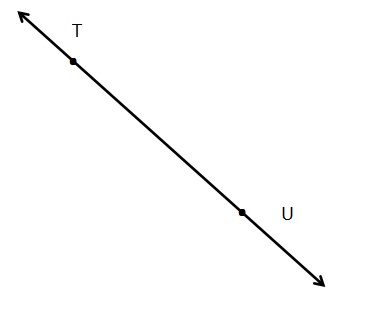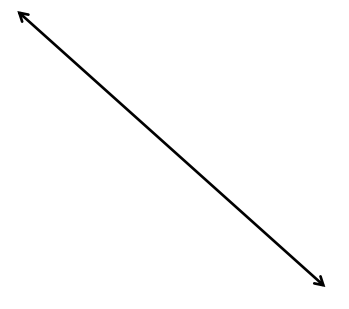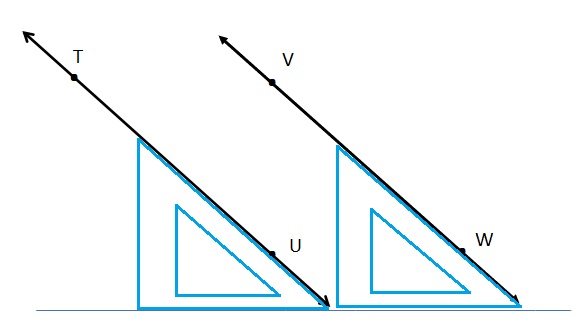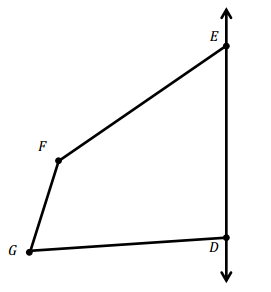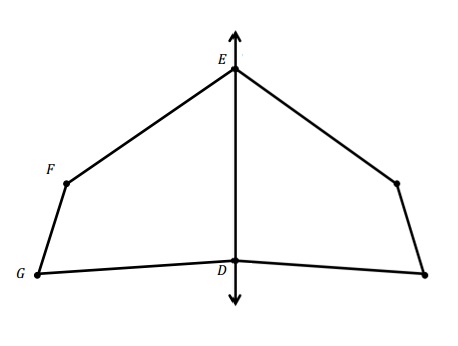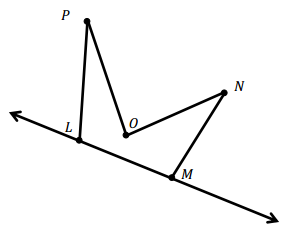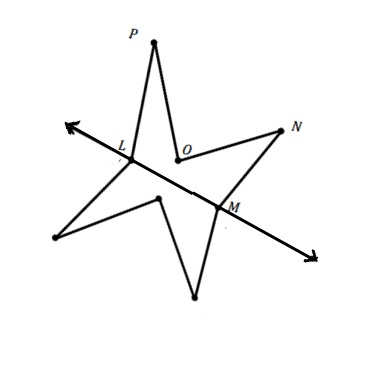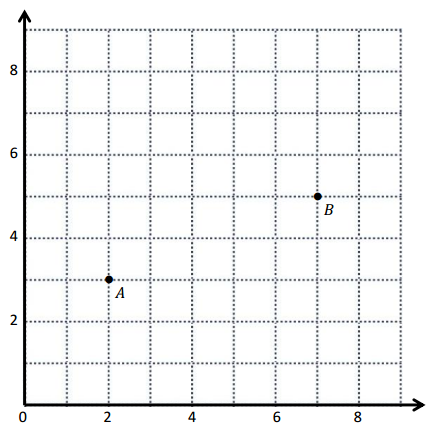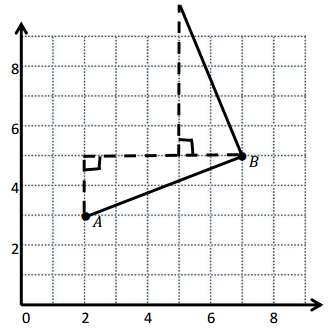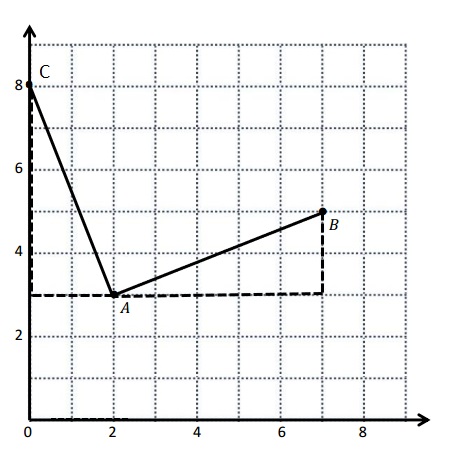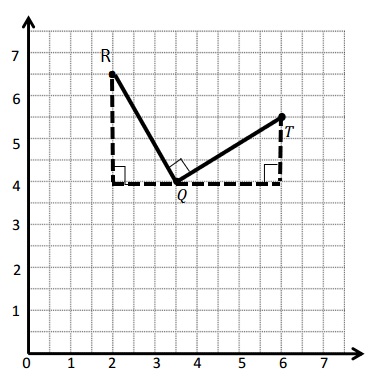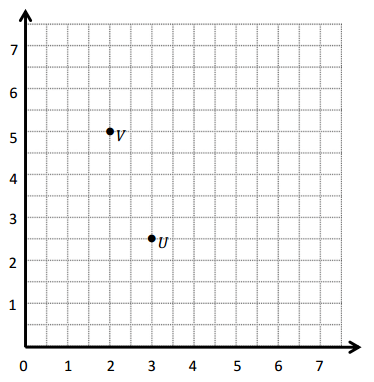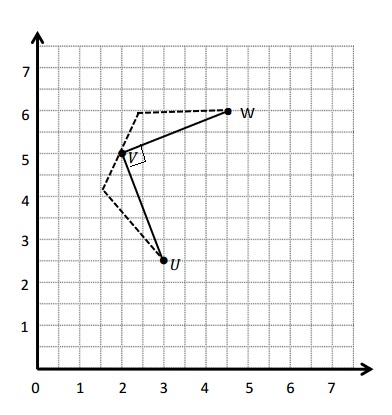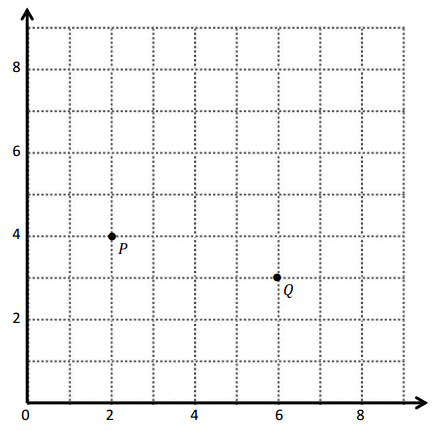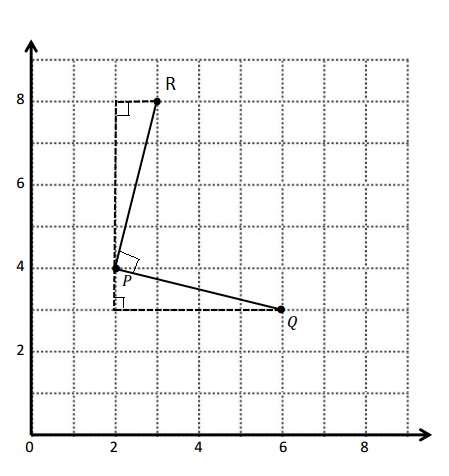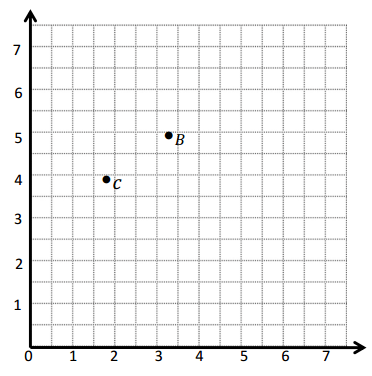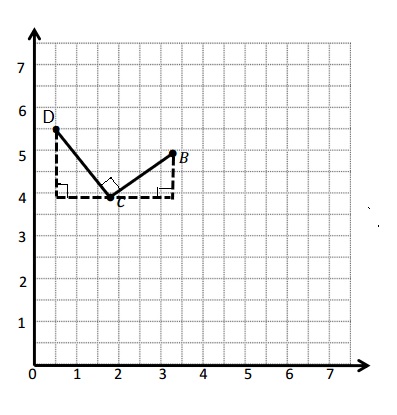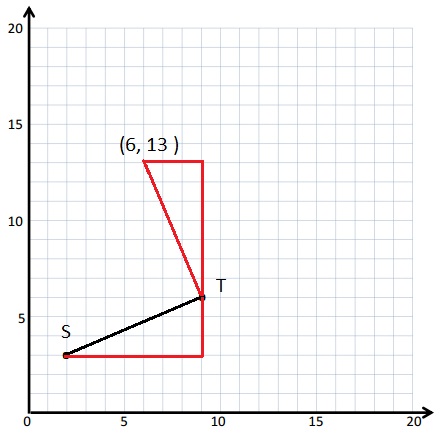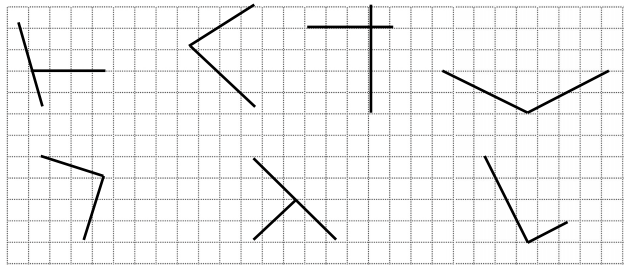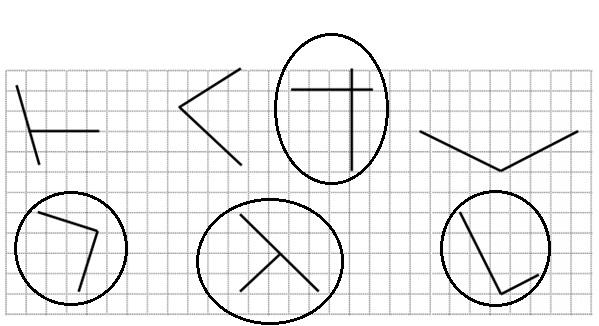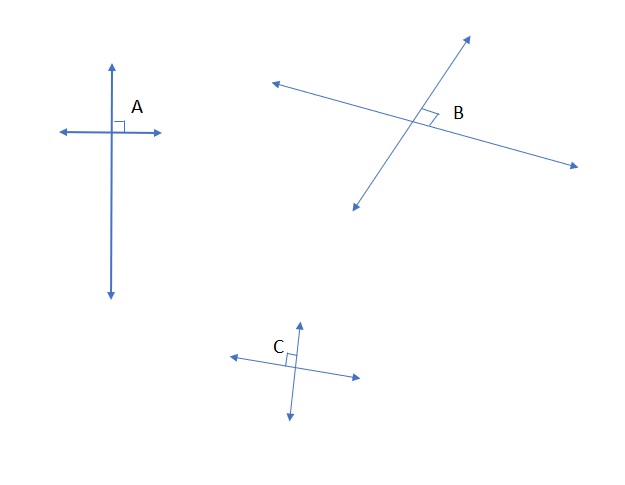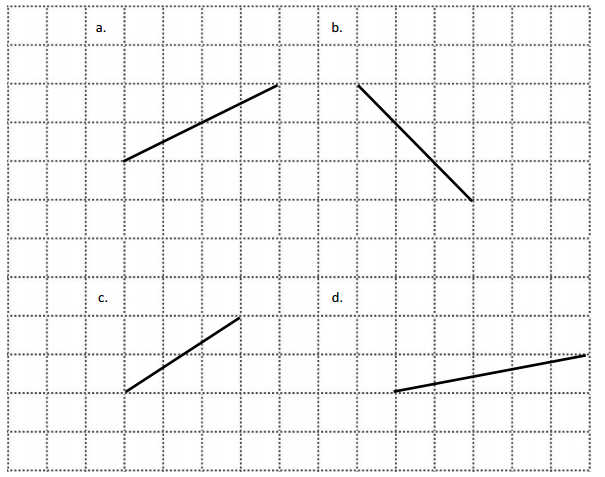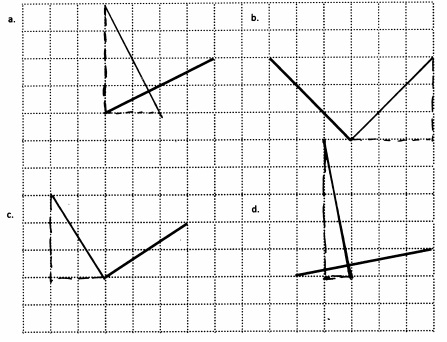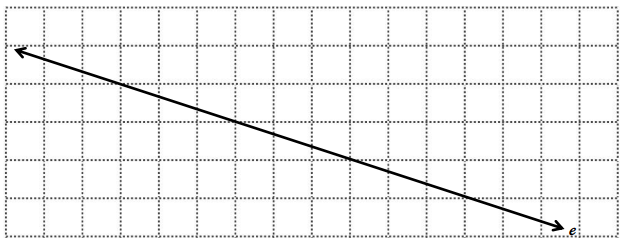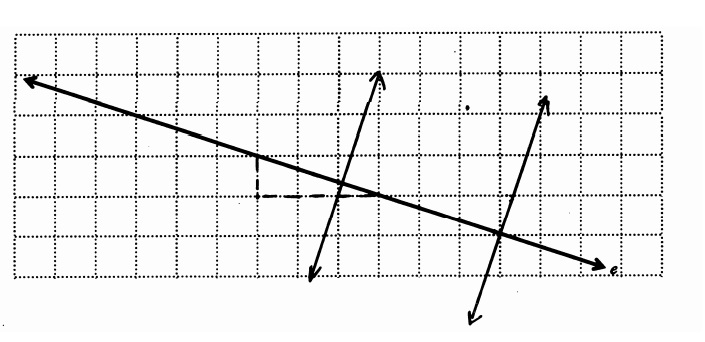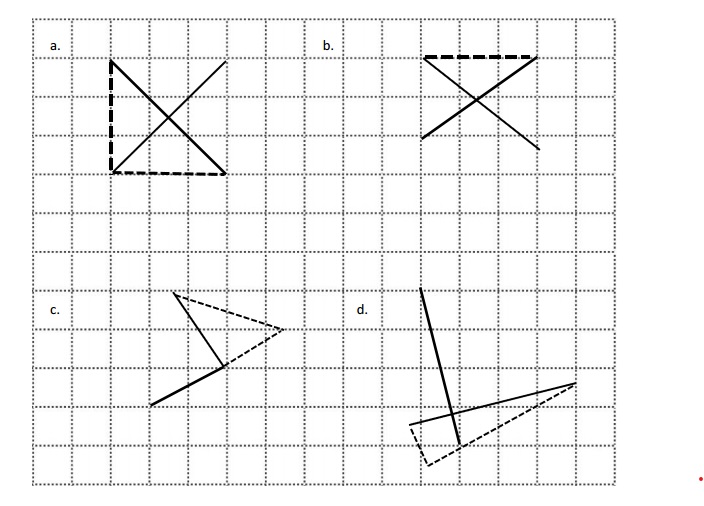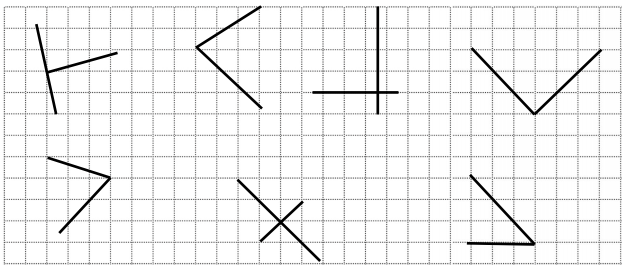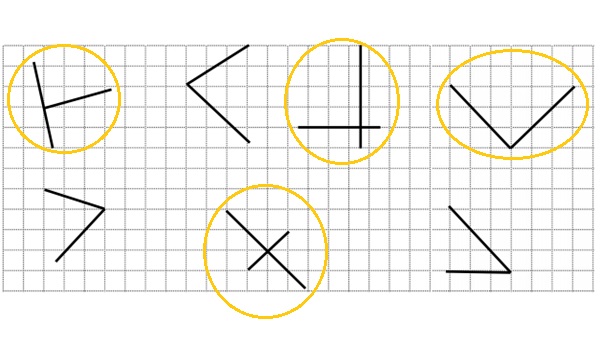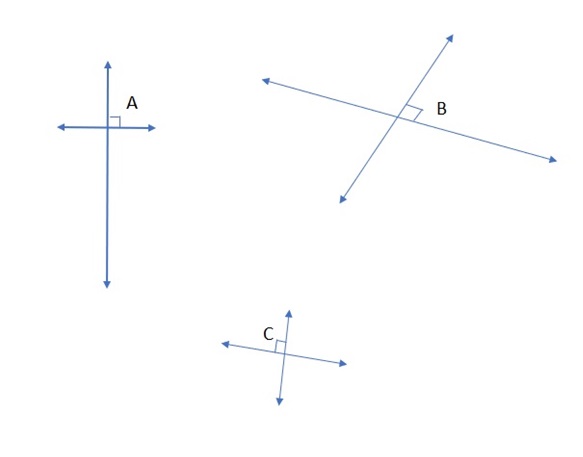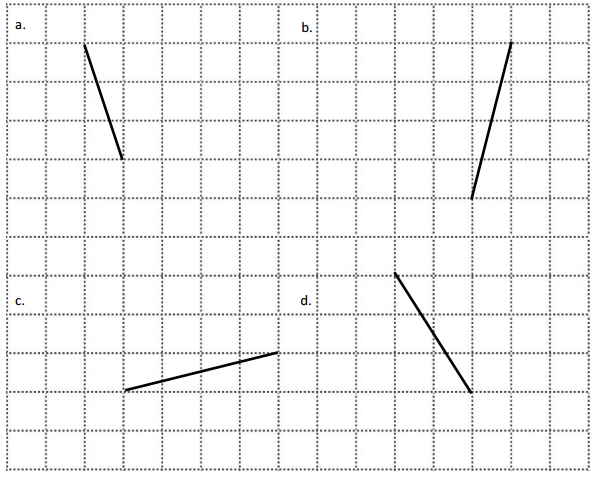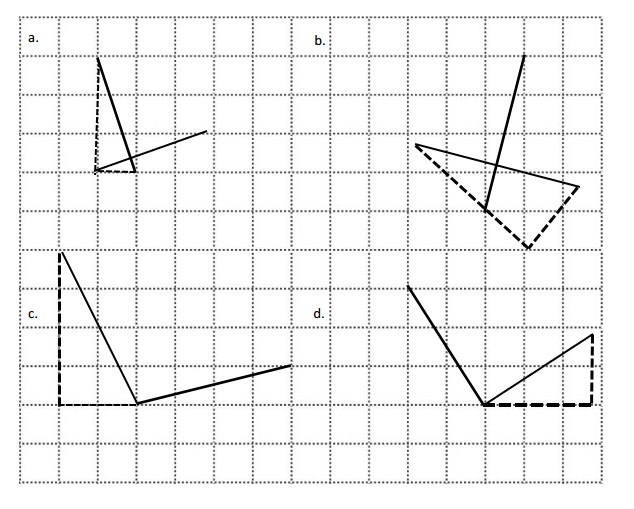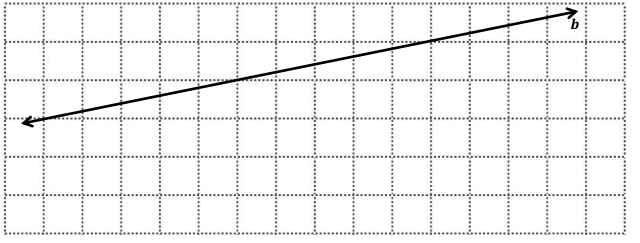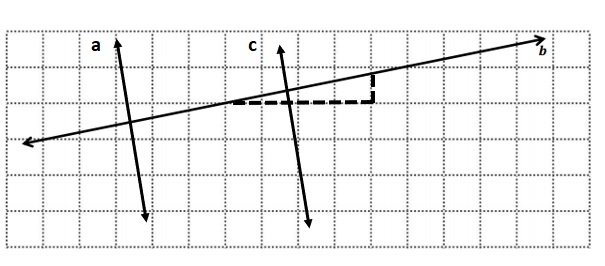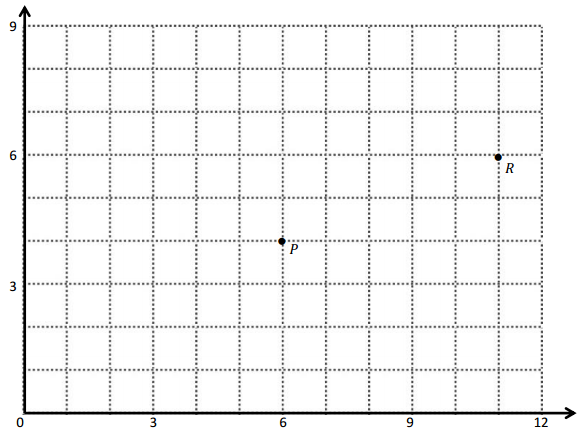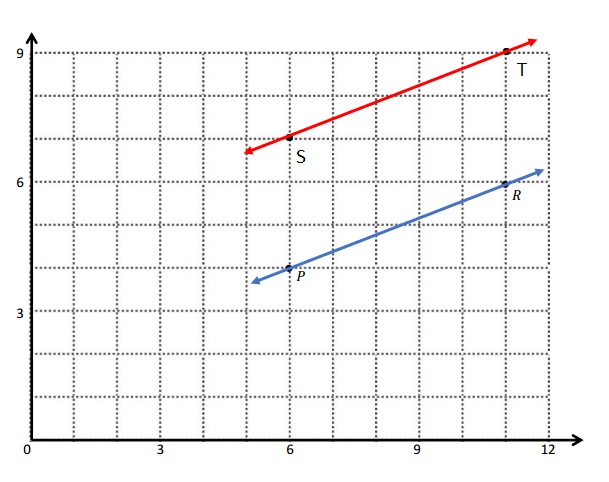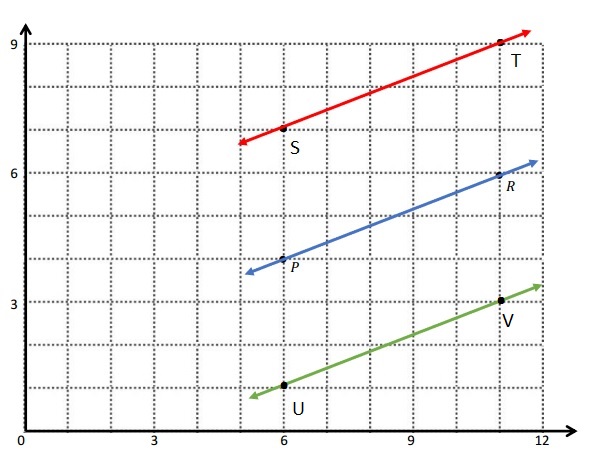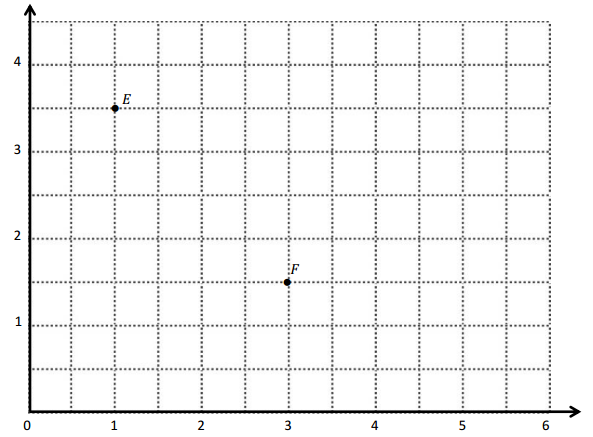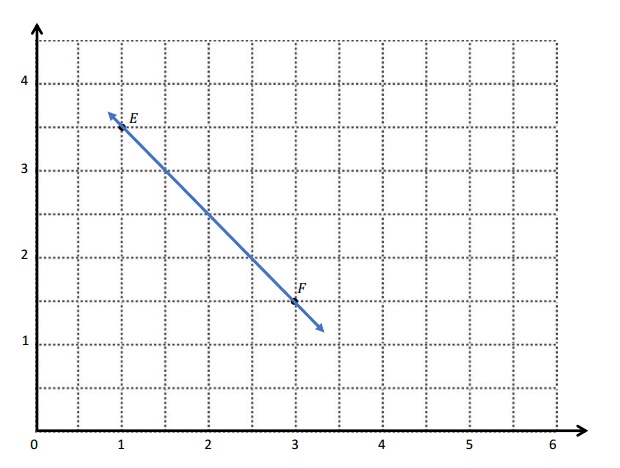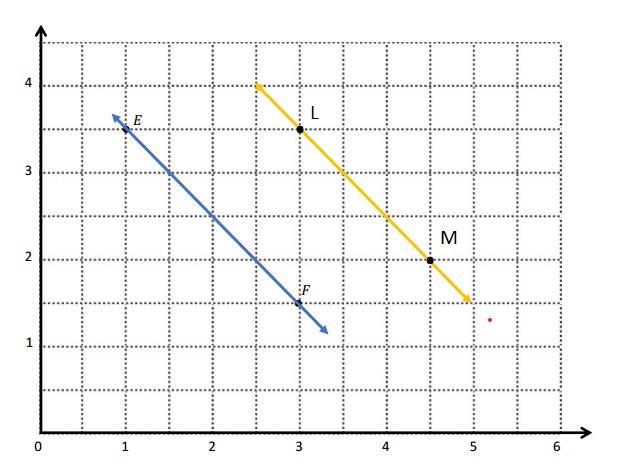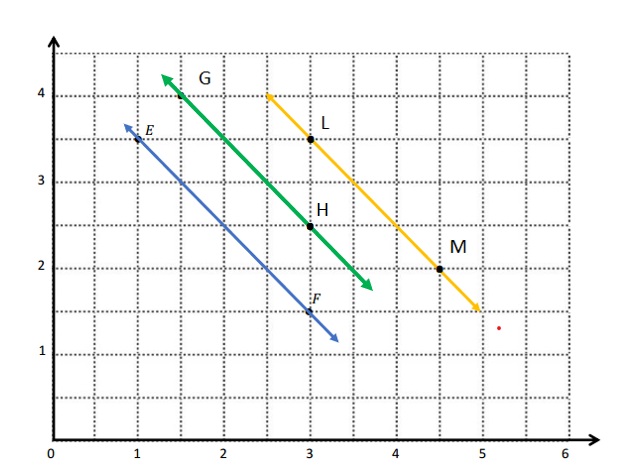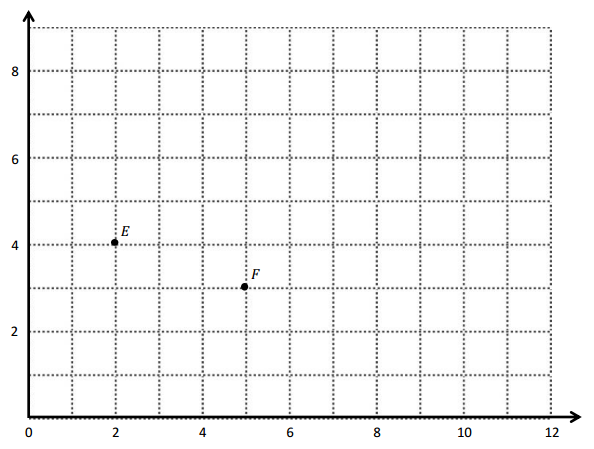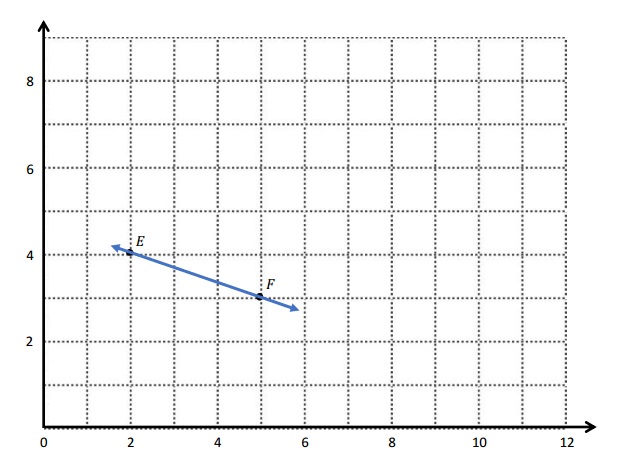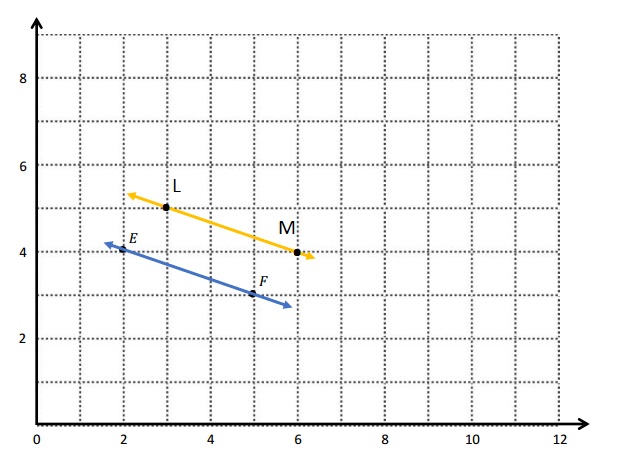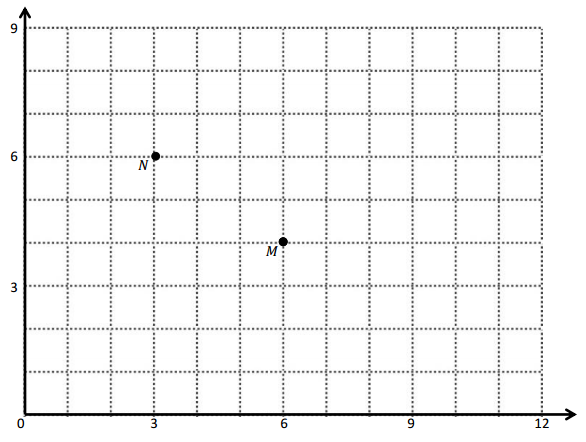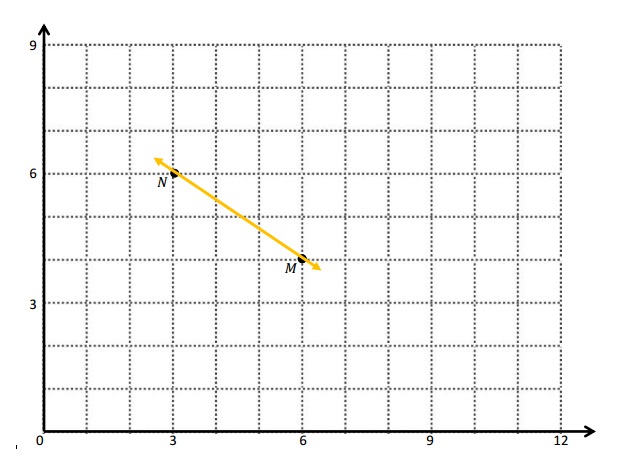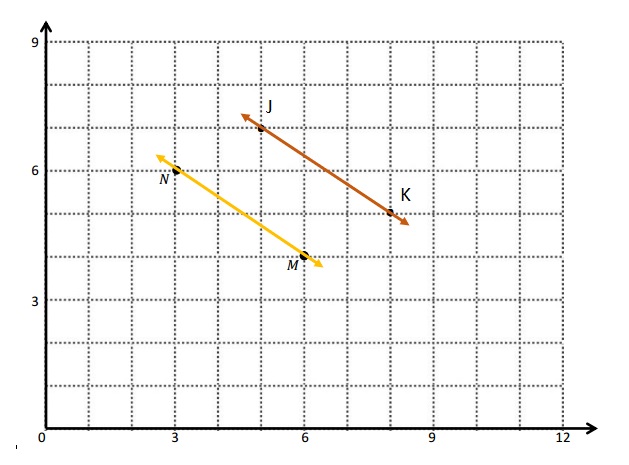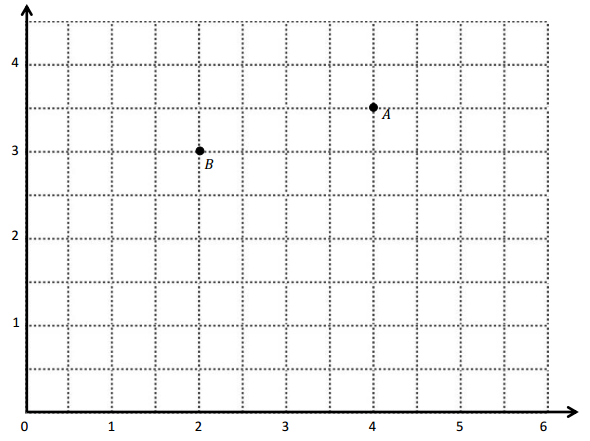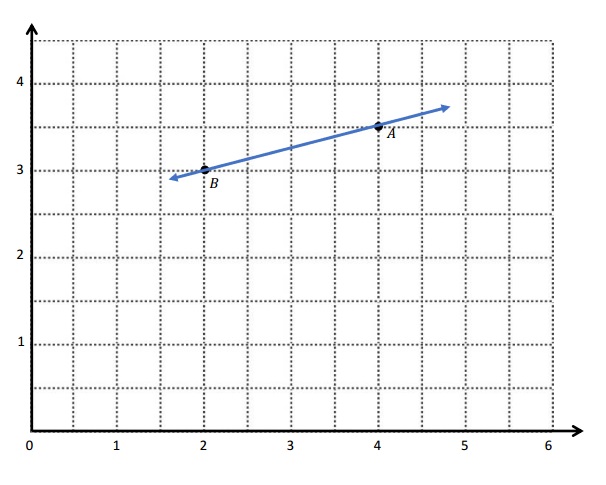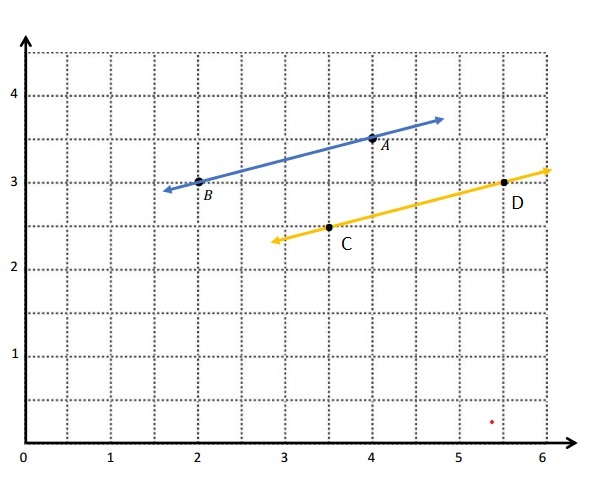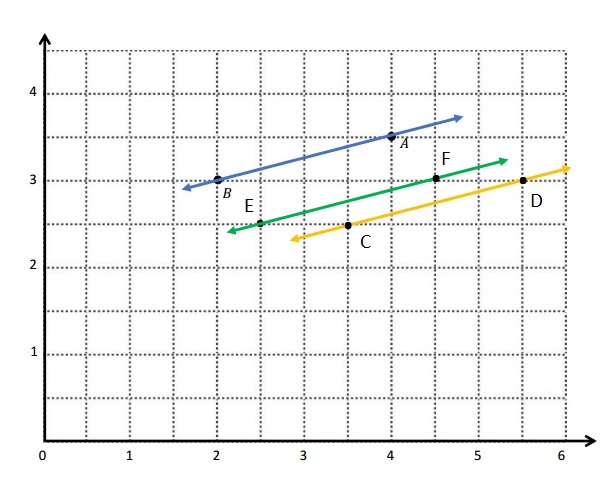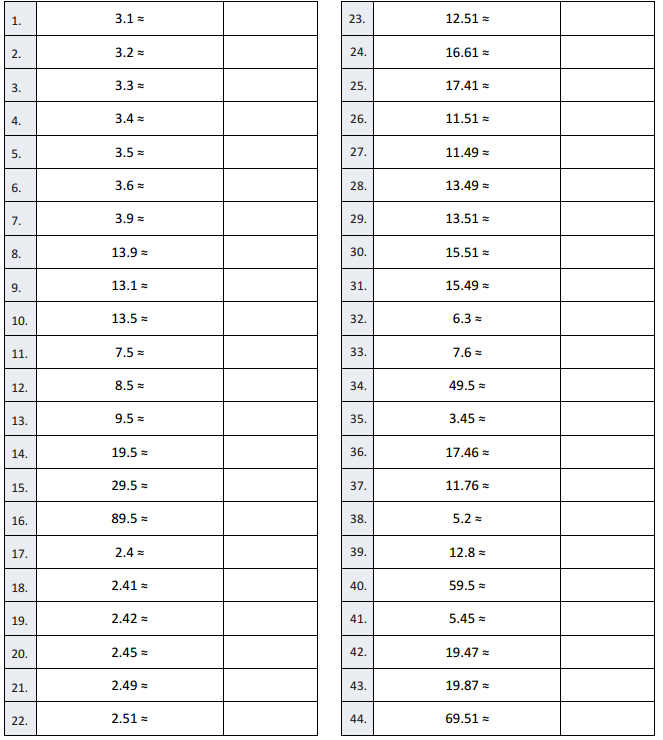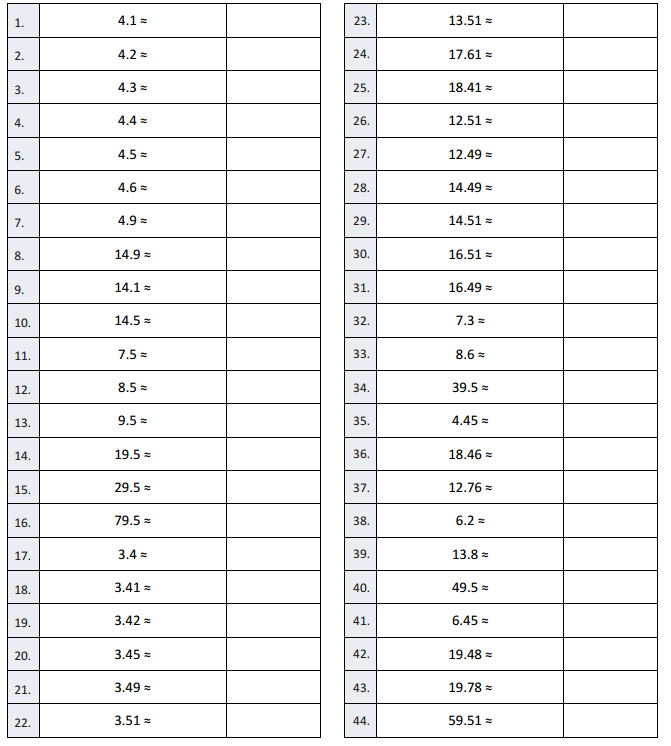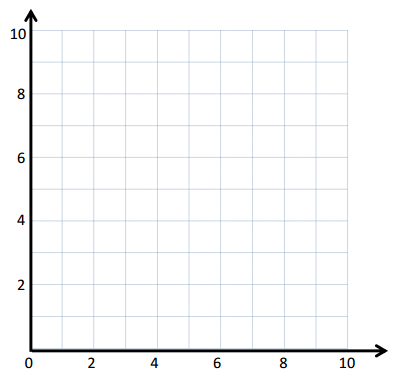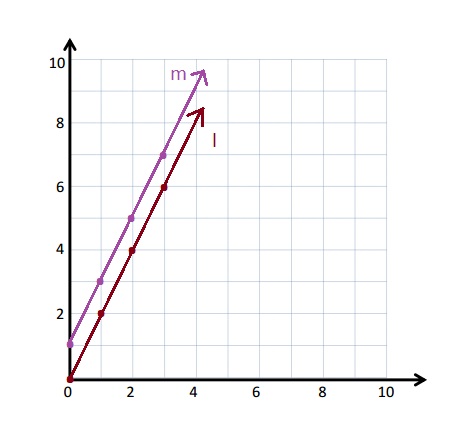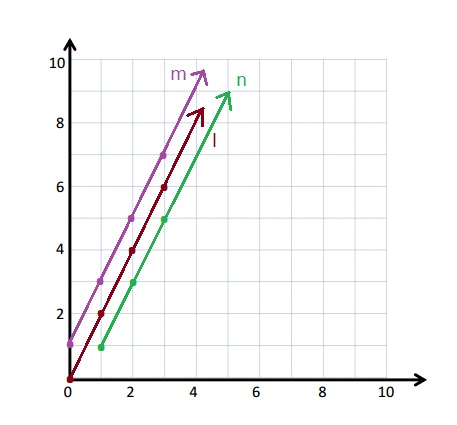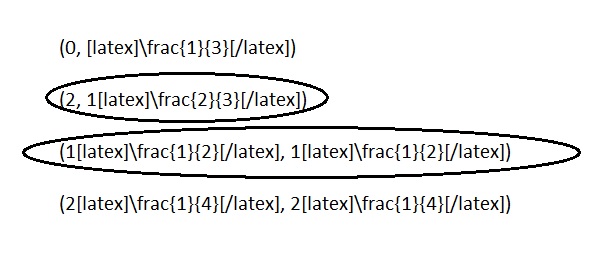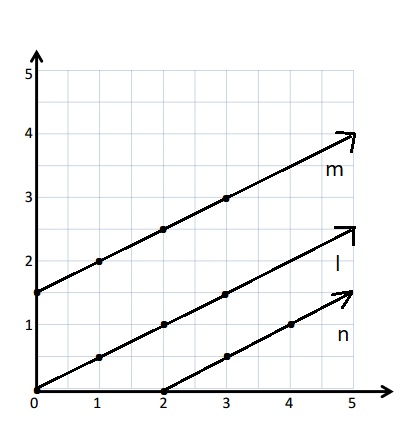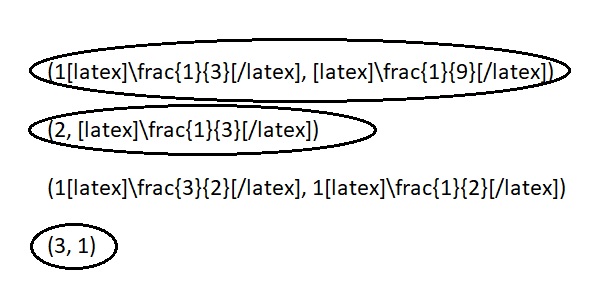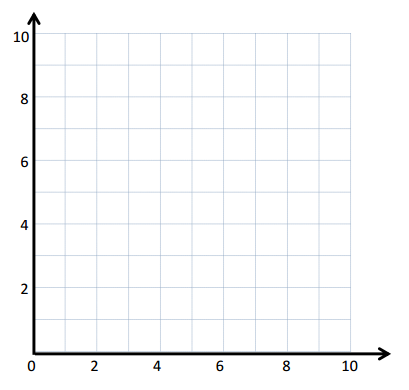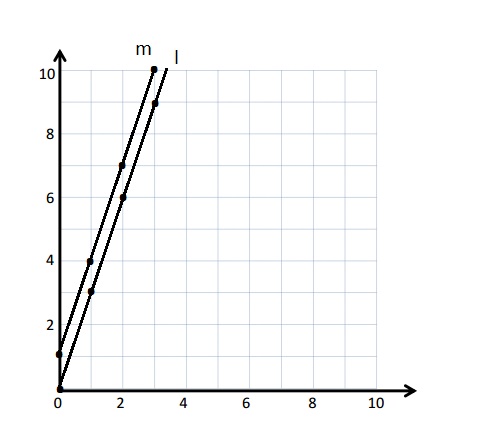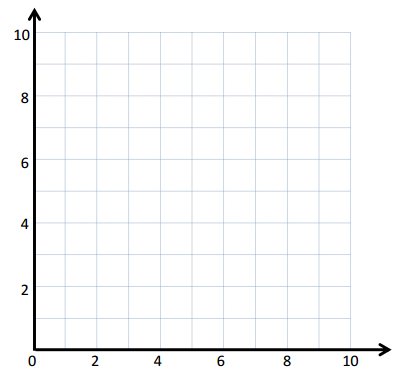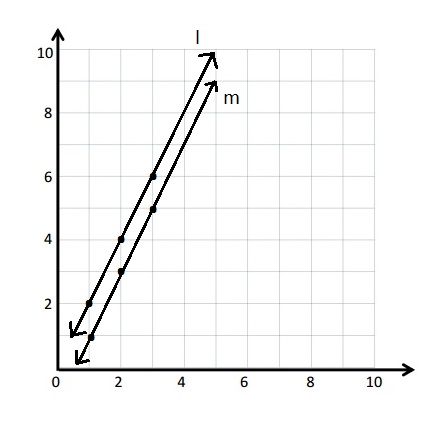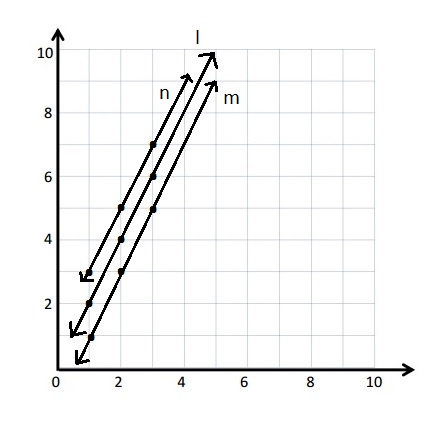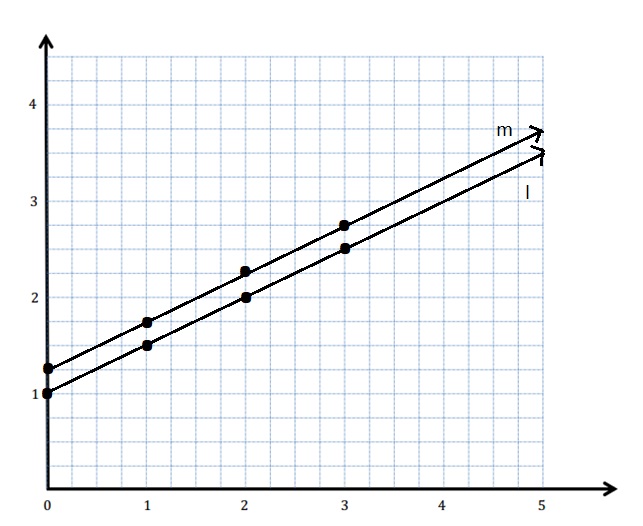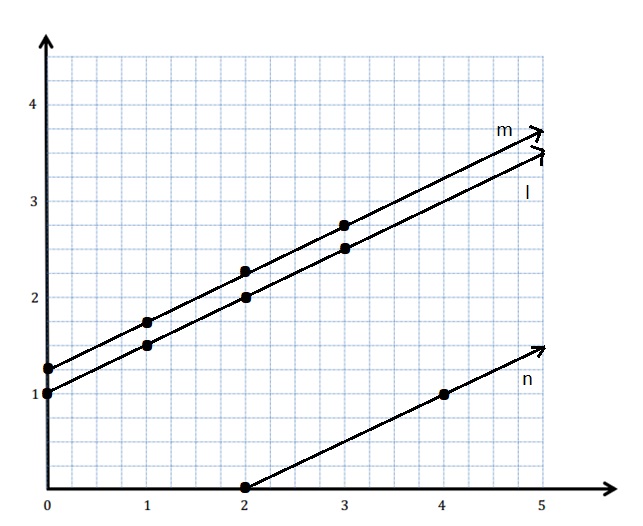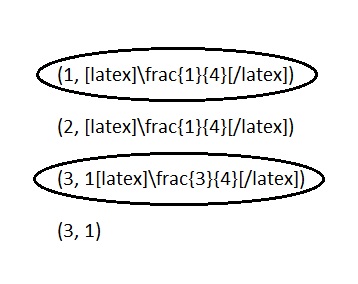Engage NY Eureka Math 5th Grade Module 6 Lesson 27 Answer Key
Eureka Math Grade 5 Module 6 Lesson 27 Problem Set Answer Key
Question 1.
Use the RDW process to solve the word problems below.
a. Julia completes her homework in an hour. She spends \(\frac{7}{12}\) of the time doing her math homework and \(\frac{1}{6}\) of the time practicing her spelling words. The rest of the time she spends reading. How many minutes does Julia spend reading?
Answer :
Time taken by Julia to complete her home work = 1 hour .
Time spent in Doing Math Homework = \(\frac{7}{12}\)
Time spent in Practicing her spelling words = \(\frac{1}{6}\)
Time spent in Reading = x .
Time spent in Doing Math Homework + Time spent in Practicing spelling words + Time spent in Reading = 1hour
\(\frac{7}{12}\) + \(\frac{1}{6}\) + x = 1
\(\frac{7 + 2 + 12x }{12}\) = 1
9 +12x = 12
12x = 12 – 9
12x = 3
x = \(\frac{3}{12}\)
x = \(\frac{1}{4}\) .
Therefore Time spent in Reading = \(\frac{1}{4}\) hour .
b. Fred has 36 marbles. Elise has \(\frac{8}{9}\) as many marbles as Fred. Annika has \(\frac{3}{4}\) as many marbles as Elise. How many marbles does Annika have?
Answer:
Number of Marbles with Fred = 36
Number of Marbles with Elise =\(\frac{8}{9}\) as many marbles as Fred =\(\frac{8}{9}\) (36)= 32
Number of Marbles with Annika = \(\frac{3}{4}\) as many marbles as Elise = \(\frac{3}{4}\) (32) = 24 .
Therefore Number of marbles with Annika = 24 .
Question 2.
Write and solve a word problem that might be solved using the expressions in the chart below.
| Expression | Word Problem | Solution |
| \(\frac{2}{3}\) × 18
| ||
| (26 + 34) × \(\frac{5}{6}\)
| ||
| 7 – (\(\frac{5}{12}\) + \(\frac{1}{2}\))
|
|
Answer:
| Expression | Word Problem | Solution |
| \(\frac{2}{3}\) × 18
| John brought 18 cakes to his class . His classmates ate \(\frac{2}{3}\) of cakes. How many cakes are eaten ? | \(\frac{2}{3}\) × 18 = 12 cakes. Number of cakes eaten = 12 . |
| (26 + 34) × \(\frac{5}{6}\)
| Ruby is having 26 chocolates. Her sister gave 34 more chocolates to her . Ruby parents ate \(\frac{5}{6}\) of chocolates. How many chocolates did Ruby parents eaten ? | (26 + 34) × \(\frac{5}{6}\) = 60 × \(\frac{5}{6}\) = 50 Number of chocolates eaten by Ruby parents = 50 chocolates . |
| 7 – (\(\frac{5}{12}\) + \(\frac{1}{2}\))
| Tina brought 7 pizzas cut into 12 slices each . Tina friend ate 5 slices and her Brother ate \(\frac{1}{2}\) of pizza . What fraction of pizzas left over ? | 7 – (\(\frac{5}{12}\) + \(\frac{1}{2}\)) = 7 – (\(\frac{5 + 6}{12}\)) = 7 – \(\frac{11}{12}\) = \(\frac{84 – 11}{12}\) = \(\frac{73}{12}\) =6\(\frac{1}{12}\) pizzas . |
Eureka Math Grade 5 Module 6 Lesson 27 Reflection Answer Key
How did teaching other students how to solve a word problem strengthen your skills as a problem solver? What did you learn about your problem-solving skills? What are your strengths and weaknesses as a problem solver?
Answer:
Skills of a problem solver
Active listening.
Analysis.
Research.
Creativity.
Communication.
Dependability.
Decision making.
Team-building.
Problem-solving model
a. Define the problem. The system.
b. Think about it. “Let it simmer”.
c. Plan a solution. Consider possible strategies.
d. Carry out the plan. Be patient.
e. Look back. Encourage students to reflect.
Problem-Solving Strengths:
Divergent thinking
Challenges assumptions
Step-by-step approach
Seeks practical information
Builds off others’ ideas
Looks for how the solution impacts people
Looks at the big picture
Checks for connections between different problems
Problem – Solving Weakness :
Inaccurate information of question
Different approaches to solve problem
Explanation with diagrams
Clear explanation so that everyone should understand .
Eureka Math Grade 5 Module 6 Lesson 27 Homework Answer Key
Question 1.
Use the RDW process to solve the word problems below.
a. There are 36 students in Mr. Meyer’s class. Of those students, \(\frac{5}{12}\) played tag at recess, \(\frac{1}{3}\) played kickball, and the rest played basketball. How many students in Mr. Meyer’s class played basketball?
Answer :
Number of Students in Mr. Meyer’s class = 36 students.
Number of students played tag at recess = \(\frac{5}{12}\) (36 ) = 15 .
Number of students played kickball = \(\frac{1}{3}\) (36 ) = 12.
Number of students played basket ball = Total students – students who played ( recess + kickball )= 36 – (15 +12 )
= 36 – 27 = 9 students.
Therefore, Number of students played basket ball = 9 students.
b. Julie brought 24 apples to school to share with her classmates. Of those apples, \(\frac{2}{3}\) are red, and the rest are green. Julie’s classmates ate \(\frac{3}{4}\) of the red apples and \(\frac{1}{2}\) of the green apples. How many apples are left?
Answer:
Number of Apples Julie brought = 24
Number of red apples = \(\frac{2}{3}\) ( 24) = 16 .
Number of green apples = total – red apples = 24 – 16 = 8.
Number of red apples eaten = \(\frac{3}{4}\) ( 16 ) = 12 apples.
Number of green apples eaten = \(\frac{1}{2}\) ( 8 ) = 4 apples .
Number of red apples left = total red apples – number of red apples eaten = 16 – 12 = 4 apples.
Number of green apples left = total green apples – number of green apples eaten = 8 – 4 = 4 apples.
Total number of apples left = Number of left red apples left +Number of left green apples = 4 + 4 = 8 apples.
Question 2.
Write and solve a word problem for each expression in the chart below.
| Expression | Word Problem | Solution |
Answer:
| Expression | Word Problem | Solution |
| 144 × \(\frac{7}{12}\)
| Kristy is having 144 eggs. she used \(\frac{7}{12}\) of eggs to bake cakes . How many eggs are used for baking cakes? | 144 × \(\frac{7}{12}\) = 84 eggs. Number of eggs used for baking a cake = 84 eggs. |
| 9 – (\(\frac{4}{9}\) + \(\frac{1}{23}\))
| Gaurish having 9 apples cut into 9 peices. His brother Mourish ate \(\frac{4}{9}\) and his sister ate \(\frac{1}{23}\) of apples . How many Apples are left over ? | 9 – (\(\frac{4}{9}\) + \(\frac{1}{23}\)) = 9 – (\(\frac{92 – 9}{207}\)) = 9 – \(\frac{83}{207}\) = \(\frac{1863 – 83}{207}\) = \(\frac{1780}{207}\) |
| \(\frac{3}{4}\) × (36 + 12)
| Gourab having 36 color pencils . His Brother gave 12 more colorpencils to him . Gourab used \(\frac{3}{4}\) color pencils to draw a picture . How many color pencils are used ?
| \(\frac{3}{4}\) × (36 + 12) = \(\frac{3}{4}\) × (48) = 36 color pencils. Number of color pencils used for picture = 36 color pencils . |
 (217 × 42) + \(\frac{48}{5}\)
(217 × 42) + \(\frac{48}{5}\) 30.41
30.41